If you’ve noticed tiny flies hovering around your houseplants or outdoor containers, you’re likely dealing with gnats. These pesky insects, particularly fungus gnats, can be a nuisance for plant lovers — and if left unchecked, they can harm the roots and stunt the growth of your plants.
The good news is that with a little knowledge and the right approach, you can get rid of gnats in your plants and keep them safe and healthy. In this comprehensive guide, we’ll explore how to identify gnats, what causes them, and effective natural and chemical methods to eliminate them for good.
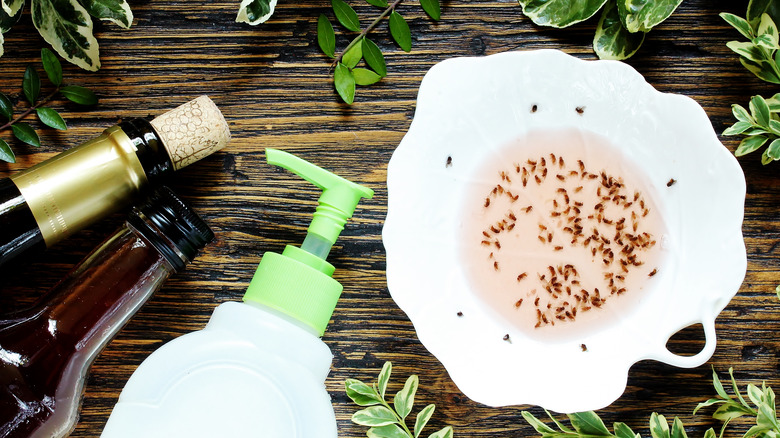
What Are Gnats and Why Are They a Problem?
Gnats are tiny, flying insects that thrive in moist environments. While there are different types of gnats, the ones most likely to bother your plants are fungus gnats.
Fungus gnats:
- Are about 1/8 inch long.
- Resemble tiny mosquitoes.
- Are attracted to damp soil, decaying plant material, and fungus.
While adult gnats are harmless to people and pets, their larvae live in the soil and feed on organic matter and plant roots — which can damage seedlings, weaken mature plants, and stunt overall growth.
How to Identify a Gnat Infestation
Recognizing the signs early helps you take action before the infestation worsens.
Signs of gnats in your plants:
- Tiny black flies hovering around the soil.
- Larvae (small, translucent worms with black heads) visible in moist soil.
- Yellowing, drooping, or wilting leaves despite adequate watering.
- Slowed plant growth.
- Sticky or moist soil surface.

Why Do Plants Attract Gnats?
Understanding why gnats are drawn to your plants is key to preventing them. The primary attractors are:
- Overwatered soil: Fungus gnats love consistently damp, poorly draining soil.
- Decaying plant material: Dead leaves and organic debris in or on the soil provide food for larvae.
- Peaty or organic-rich soil: High organic content soils retain moisture and serve as a breeding ground.
- High humidity: Enclosed, humid environments like greenhouses or overwatered indoor plant areas invite gnats.
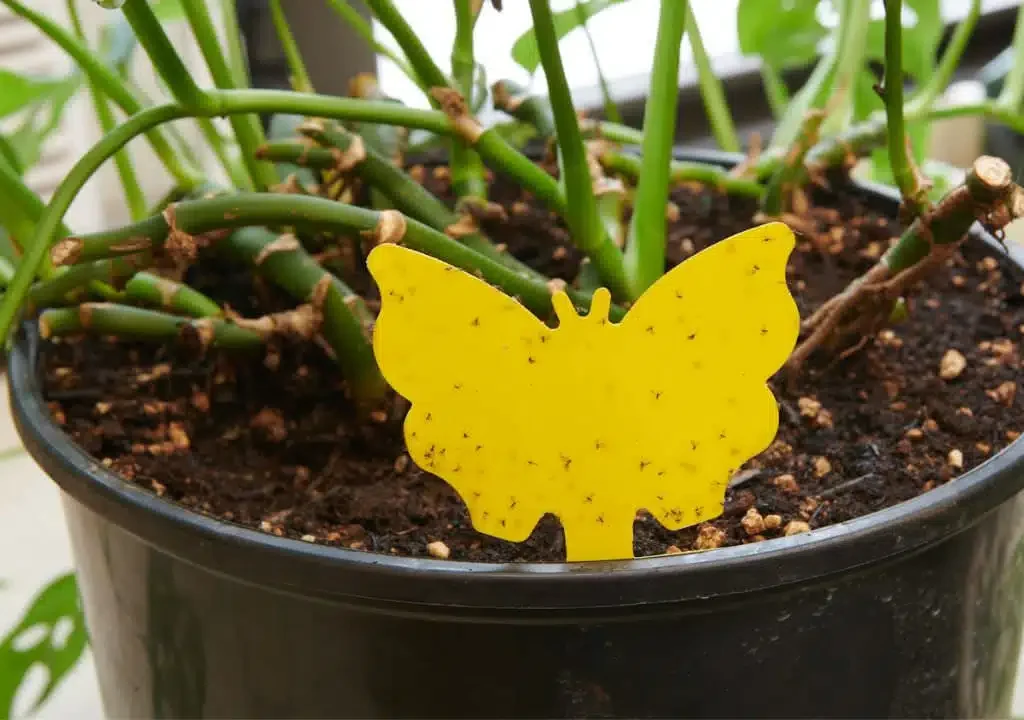
Natural Ways to Get Rid of Gnats in Plants
If you prefer a natural, non-toxic approach to pest control, these methods are effective for controlling and eliminating gnats:
1. Let the Soil Dry Out
Since gnat larvae need moist conditions to survive, allowing the soil to dry is one of the simplest and most effective solutions.
How to do it:
- Water plants less frequently.
- Only water when the top 1–2 inches of soil feels dry.
- Avoid leaving standing water in saucers beneath pots.
2. Use Sticky Traps
Yellow sticky traps attract adult gnats and capture them, breaking the breeding cycle.
How to use:
- Place traps near the soil surface or hang them above your plants.
- Replace when full for continuous protection.
3. Apply a Cinnamon Soil Topper
Cinnamon is a natural fungicide and can deter fungus gnats by disrupting their food source.
How to use:
- Lightly sprinkle ground cinnamon over the soil surface.
- Reapply after watering.
4. Hydrogen Peroxide Solution
A mild hydrogen peroxide mixture kills larvae without harming your plants.
How to use:
- Mix 1 part 3% hydrogen peroxide with 4 parts water.
- Water the soil with the solution.
- You’ll hear a fizzing sound — it’s the peroxide killing larvae.
Note: Only use this method once every couple of weeks to avoid affecting beneficial microbes.
5. Neem Oil Spray
Neem oil is a natural pesticide that disrupts the life cycle of gnats.
How to use:
- Mix neem oil with water as per label instructions.
- Spray onto the soil surface and plant leaves.
- Repeat every 7–10 days as needed.
6. Introduce Beneficial Nematodes
Beneficial nematodes are microscopic organisms that prey on gnat larvae in the soil.
How to use:
- Purchase nematodes from garden centers or online.
- Water them into the soil as directed.
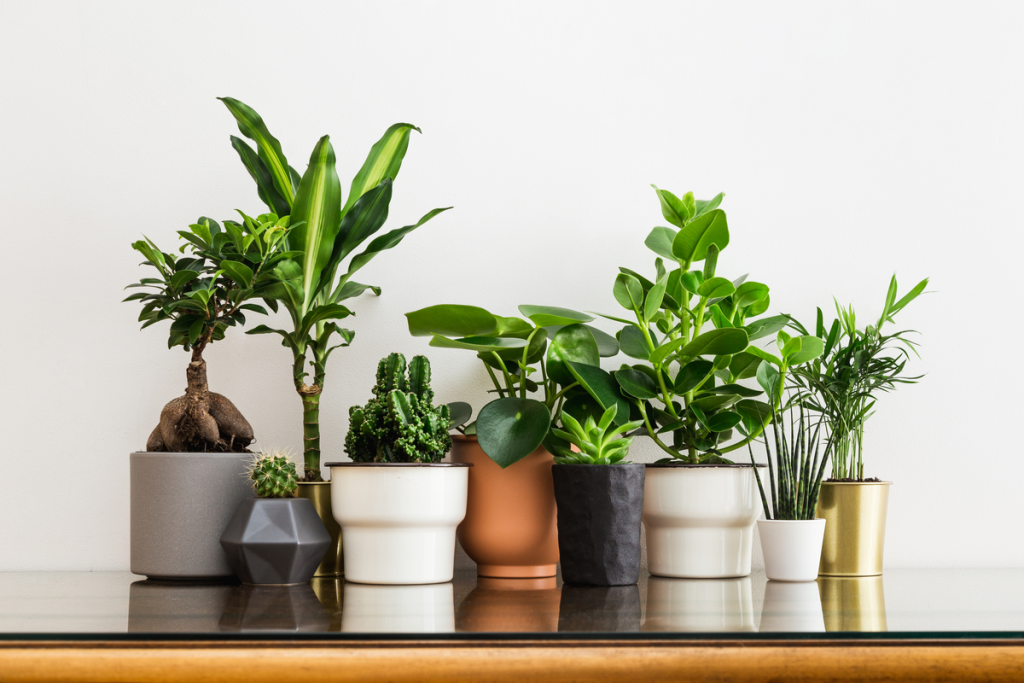
Chemical Options for Severe Infestations
If natural remedies aren’t effective, you may need to resort to commercial products designed for gnat control:
1. Insecticidal Soap
This plant-safe spray kills adult gnats on contact.
How to use:
- Spray directly onto gnats and plant surfaces.
- Avoid overusing, as repeated application can affect plant leaves.
2. Systemic Insecticides
Systemic products are absorbed by plant roots and make the plant toxic to pests like gnat larvae.
Popular options:
- Granules mixed into soil.
- Liquid formulations watered into the pot.
Caution: Use only for ornamental plants, not for edibles.
How to Prevent Gnats in Your Plants
Prevention is the best long-term solution to gnat problems. Follow these best practices to keep your plants and soil gnat-free:
1. Water Wisely
- Avoid overwatering. Check soil moisture before watering.
- Use well-draining soil mixes.
- Empty saucers beneath pots after watering.
2. Remove Dead Plant Material
- Regularly clear fallen leaves, stems, and organic debris from soil surfaces.
3. Improve Air Circulation
- Use fans or open windows to reduce humidity.
- Space plants to allow airflow.
4. Use a Soil Barrier
- Cover the soil with a layer of sand, gravel, or decorative stones.
- This discourages adult gnats from laying eggs in the soil.
5. Quarantine New Plants
- Isolate new plants for a few days to check for pests before adding them to your collection.
Bonus: DIY Gnat Trap Recipe
Make a simple home trap to catch adult gnats:
Ingredients:
- 1 tablespoon apple cider vinegar
- A few drops of dish soap
- Water
Instructions:
- Fill a small jar with equal parts vinegar and water.
- Add dish soap to break the surface tension.
- Place near affected plants.
The gnats will be attracted to the vinegar, get trapped, and drown.
Final Thoughts
Gnats might be small, but they can be a persistent nuisance for plant lovers. By recognizing the signs of an infestation, adjusting your watering habits, and using natural or chemical remedies, you can eliminate gnats from your plants and protect their health.
Remember — prevention is key. Keep your plant areas clean, avoid overwatering, and regularly check for pests to maintain a thriving, gnat-free indoor or outdoor plant collection.
Happy gardening!

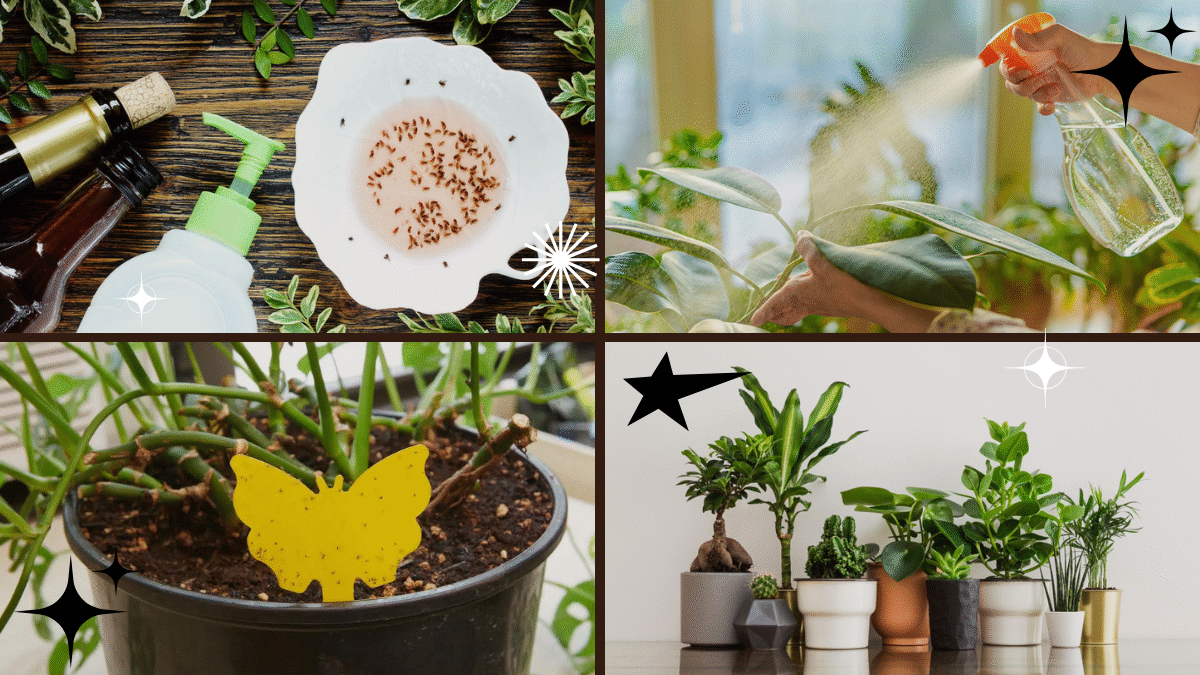
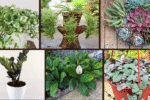

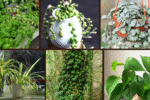
Leave A Comment